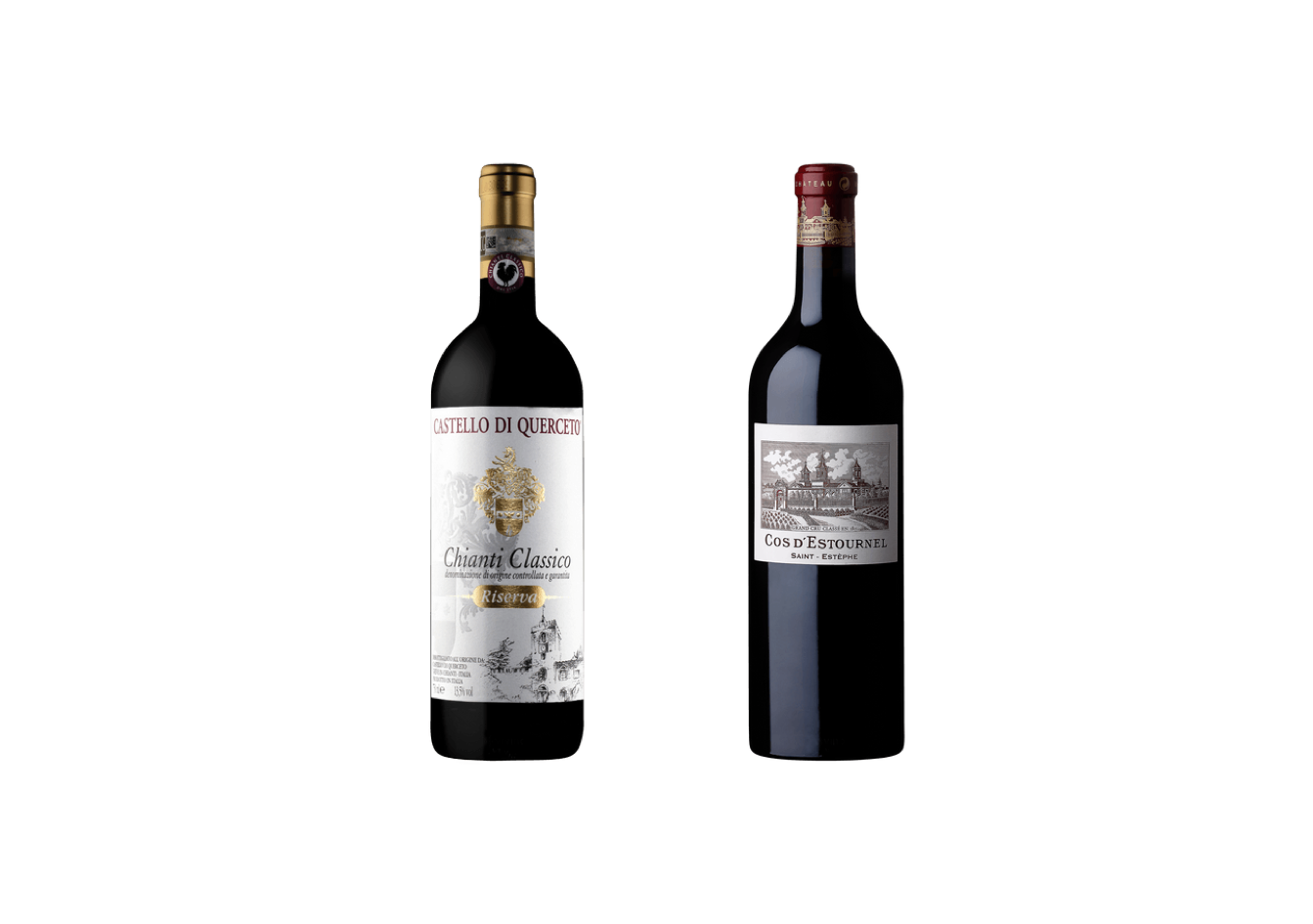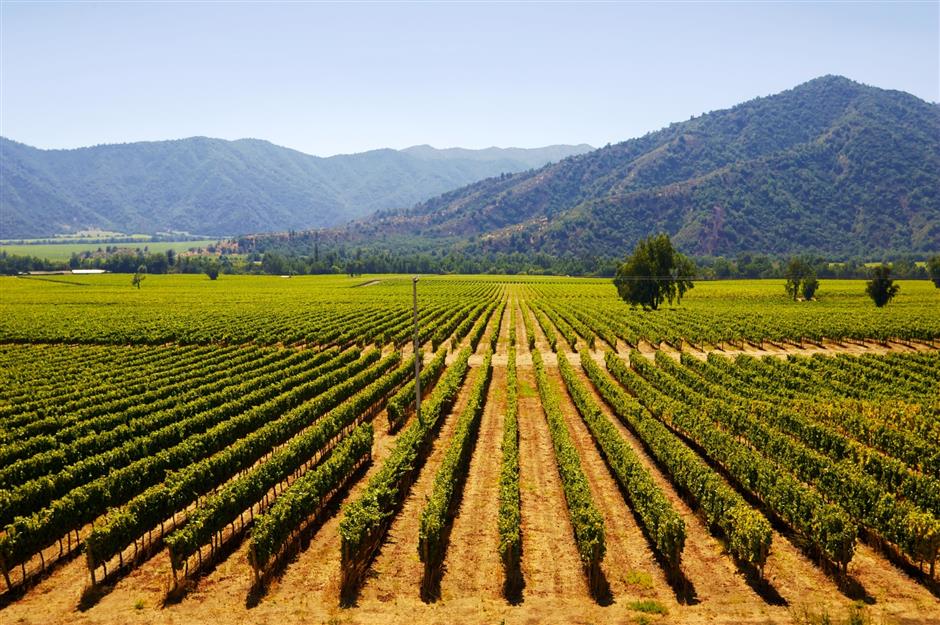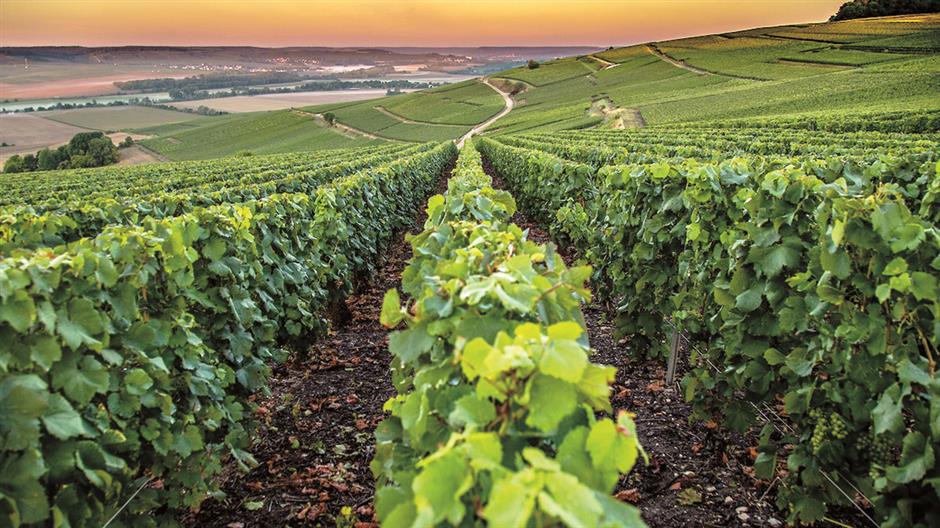Purchasing wine premium wines for drinking needs some acumen. The first growth Bordeaux reds are certainly great wines and have proven to be good investments but are they smart purchases if you want to drink the wines now? Not even close. There are a number of second and third growth wines that offer similar quality at much lower prices. A few fourth and fifth grow wines and some high-performing Cru Bourgeois can also deliver superior quality at greatly lower prices. Let’s take a look at some of the world’s greatest and most expensive wines and smart alternatives.
Bordeaux
Here in China there’s no more prestigious drink to serve than a Bordeaux first growth. Mouton, Latour, Margaux, Haut-Brion and especially Lafite have captured the adulation of the wealthy and become status symbols. While I similarly adore drinking these great wines, I won’t buy them to drink now or over the next five years. Instead f I want to impress friends with a beautiful Bordeaux wine I would buy a top Saint Estephe wine like Cos d’Estournel, Montrose or Calon Segur. In good years both these wines can compete with the best wines of Bordeaux and while not cheap they significantly less expensive than the first growths. Other premium Bordeaux reds that have good price/quality ratios are the large second growths Chateau Gruaud-Larose and Rauzan Segla.
All these lovely Bordeaux reds will be great appreciated by your guests and are perfect companions to classic French meat dishes like lack of lamb or rib steak. They also add character and substance to roasted fowl dishes. In fact also any roasted red or white meat dish is enhanced by a good red from Bordeaux.
Tuscany
Super Tuscans like Sassicaia, Tignanello, Solaia and Ornellaia all deserve their lofty designation as super wines and are a testament to the daring of top Tuscan wine makers who broke the rules with wonderful success. The term Super Tuscans came into vogue in the mid to late 1980s as wine writers and connoisseurs started tasting wines labeled “vino de tavola” (table wines) that were in fact better than most of Italy more traditional DOC, then DOCG, wines. A new word was needed to describe these beauties and the term Super Tuscans was born. Three decades later these wines are now under the IGT category and are still great but unfortunately so are their price tags. Are they smart purchases? Not when you can find similarly styled IGT wines like Barone Ricasoli’s Caselferro or a top Chianti Classico Riserva for a fraction of the price. When choosing a Chianti Classico Riserva pick a wine from a top Tuscan producer with vineyards in the best areas of Chianti. These include Barone Ricasoli, Carpineto, Ruffino and Castello di Querceto.
All these luscious Italian reds pair beautifully with classic Italian meat dishes like Tuscan T-bone steak, wild boar and pastas with meaty ragu sauces. Recently I had a bottle of Castello di Querceto Chianti Classico Riserva with a Chinese style roasted goose. The rich dark cherries flavors and soft tannins of the wine beautifully highlighted the savory nature of the goose while mitigating the greasiness. A beautiful combination.
Spanish treasures
Of course I love the terrific wines of Vega-Sicilia and Pingus from Ribera del Duero, but they now command equally impressive prices. A great alternative is some of the reds from the neighboring wine region of Toro. This region which is also in the northern region of Castello de Leon is a new star of Spanish winemaking with robust and deliciously assertive red wines. In fact, the Tempranillo grapes in Toro are the smallest and thickest skinned Tempranillo grapes in all of Spain and result in some of the most concentrated and intense red wines from Spain. I suggest try the wonderful Pinta that is made by the Alvarez family. Less expensive still is Salmos which is one of Torres relatively new efforts. Both wines are sure to please the most discerning of wine tasters and be ideal partners to Spanish style roasted baby lamb or suckling pig.
Like every other luxury item, wines of fame command a premium price while less renowned wines of similar quality go for a fraction of the price. So next time you really want to impress your friends, spend less and give them wines of comparable quality. That’s wine smart!





